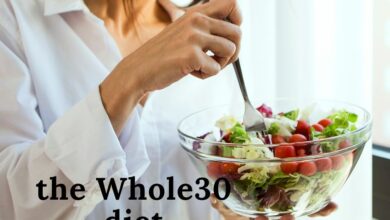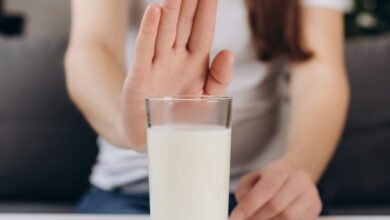
The Volumetrics Diet is a scientifically grounded eating plan designed to promote weight loss and long-term health. Created by nutrition scientist Dr. Barbara Rolls in 2000, this diet emphasizes eating large volumes of low-calorie, nutrient-dense foods to feel full while consuming fewer calories. Unlike many fad diets, Volumetrics is a sustainable lifestyle change that has earned the respect of healthcare professionals worldwide.
Summary
ToggleThe Core Principles of the Volumetrics Diet
The foundation of the Volumetrics Diet lies in prioritizing the volume of food over calorie count. No food is entirely off-limits, but the focus is on consuming more foods with low-calorie density and fewer high-calorie foods.
Food Categories in the Volumetrics Diet
Foods are divided into four categories based on their calorie density, which is calculated by dividing the calories per serving by the food’s weight in grams.
Category One (Calorie Density Under 0.6)
These are the most nutrient-dense and low-calorie foods that form the bulk of your diet.
Examples:
- Fruits: Apples, bananas, grapefruit.
- Non-starchy vegetables: Broccoli, carrots, Brussels sprouts.
- Nonfat dairy: Skim milk, nonfat yogurt.
- Broth-based soups.
Category Two (Calorie Density 0.7–1.5)
These foods are healthy in moderation.
Examples:
- Lean proteins: Skinless chicken, turkey, lean pork.
- Legumes: Lentils, chickpeas, beans.
- Starchy vegetables: Corn, potatoes, squash.
- Whole grains: Brown rice, quinoa, farro.
Category Three (Calorie Density 1.6–3.9)
Consume these foods in smaller portions.
Examples:
- Fatty proteins: Salmon, beef, skin-on poultry.
- Full-fat dairy: Cheese, ice cream, whole milk.
- Refined carbohydrates: White bread, pasta, white rice.
Category Four (Calorie Density 4–9)
High-calorie foods to eat sparingly.
Examples:
- Nuts and seeds.
- Oils, butter, shortening.
- Processed foods: Chips, candy, fast food.
Exercise Recommendations
The Volumetrics Diet encourages 30–60 minutes of daily physical activity, which can include walking, jogging, or other forms of moderate exercise.
Pros and Cons of the Volumetrics Diet
Pros
- Long-term focus: Promotes sustainable healthy eating habits.
- Weight stability: Encourages gradual and lasting weight loss.
- Flexibility: No foods are completely off-limits.
- Customizable: Suitable for various dietary restrictions (vegan, kosher, gluten-free).
- Scientifically supported: Backed by research and practical resources.
Cons
- Limits healthy fats: May group nuts and seeds with unhealthy foods.
- Calorie-focused: Relies heavily on calorie density calculations, which may not suit everyone.
- Time-intensive: Fresh ingredients and home cooking are essential, requiring regular meal prep.
- Limited variety: Heavy reliance on certain foods may lead to monotony.
- Challenging dining out: Estimating calorie density in restaurant meals can be difficult.
How to Make the Volumetrics Diet Work for You
Adaptability
Tailor the diet to your needs:
- Adjust calorie intake based on weight loss or maintenance goals.
- Focus on food categories rather than strict calorie counting if it feels restrictive.
- Incorporate realistic physical activity that fits your lifestyle.
Tips for Success
- Experiment with recipes to add variety and prevent boredom.
- Use a food journal to track your intake and progress.
- Be mindful of portion sizes, especially for foods in categories three and four.
Is the Volumetrics Diet Right for You?
The Volumetrics Diet is ideal if you’re seeking a long-term lifestyle change rather than a quick fix. It suits individuals willing to invest time in meal preparation and prioritize fresh, nutrient-rich foods. However, those with busy schedules or specific dietary needs may need to modify the approach for practicality.
Final Thoughts
The Volumetrics Diet is a balanced and flexible plan that prioritizes health and satiety. By focusing on low-calorie, nutrient-dense foods, it helps promote sustainable weight loss and improved overall health. With some adjustments, it can fit a wide range of lifestyles and dietary preferences.
View sources volumetric diet



